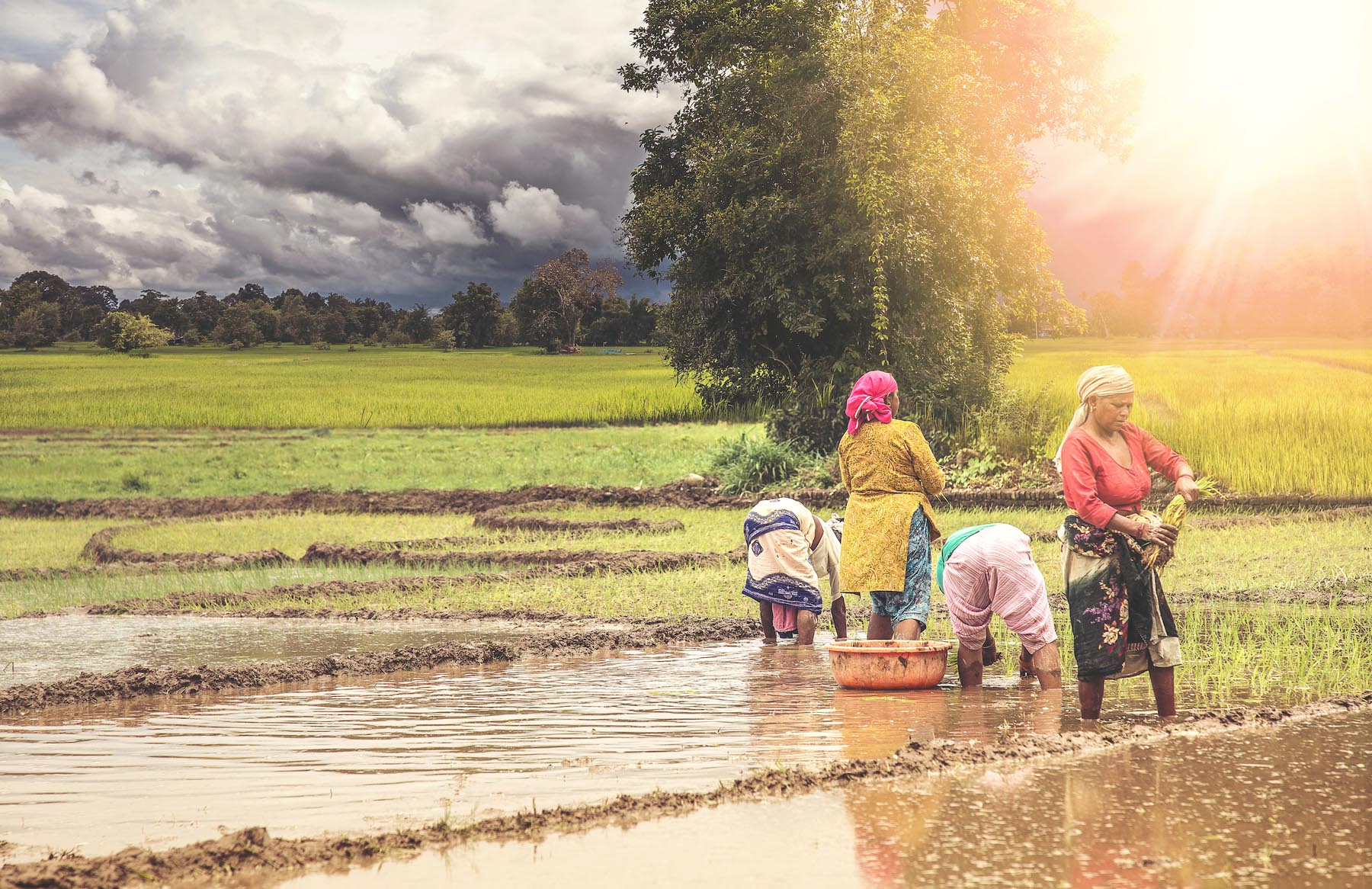IFPRI’s lead climate change researcher Gerald Nelson took part in a two-part “food fight” launched on January 10 by New York Times columnist Andrew C. Revkin.
“Almost every time global prices surge and the media and public reach out to analysts for meaning, a decades-long food fight resumes,” Revkin wrote in his Dot Earth column.
One one side of the debate: those who predict that a growing population and climate change will lead to calamity. On the other side: those who believe humankind “has always overcome shortages and found ways to produce ever more food even as mouths multiply and rising incomes move families up the food chain from grains to meats and dairy”.
Nelson enriched this complex debate with insight from IFPRI’s latest climate change research. His thoughts:
“[M]ore people with higher incomes does mean greater demands. And with most of the additional population in developing countries, the additional demand is concentrated geographically. There is also some indication, although with great uncertainty, that the climate change challenges will be concentrated in these same geographies. So the great food security questions are:
- the extent to which technical innovations can keep up both with growing food demand (with more or less the same resource use) and the debilitating effects of climate change (a large set of biological challenges)
- the extent to which we (humans) will actually invest in those innovations (some/many of the needed innovations are likely to be public goods, ie, the private sector can’t capture the returns from investing in them)
- the extent to which we can use international trade to compensate for changes in agricultural comparative advantage driven by either economics, demographics, or climate change.
The relative threats change with time. At the moment, population and income growth are the big drivers, with random weather shocks causing more problems today than they would have in the past.
As we get closer to 2050 population growth becomes less of an issue and income growth and climate change grow in relative importance. After 2050, climate change becomes the biggest threat, unless something is done sooner rather than later about reduce GHG emissions.
Just a few findings from our recent research monograph [Food Security, Farming, and Climate Change to 2050]:
Between 2010 and 2050, our scenarios result in maize price increases of 87 to 106 percent in real terms; rice is 31 to 78 percent; and when is 44 to 59 percent.
With a 40 percent increase over our base productivity growth in the developing countries, the price increases in the baseline scenario drop from 101 percent to 56 percent for maize; 55 to 31 for rice; and 54 to 20 percent for wheat. In other words, this increase productivity results in roughly a halving of the real price growth.”
Click here to learn more about IFPRI’s climate change research.







